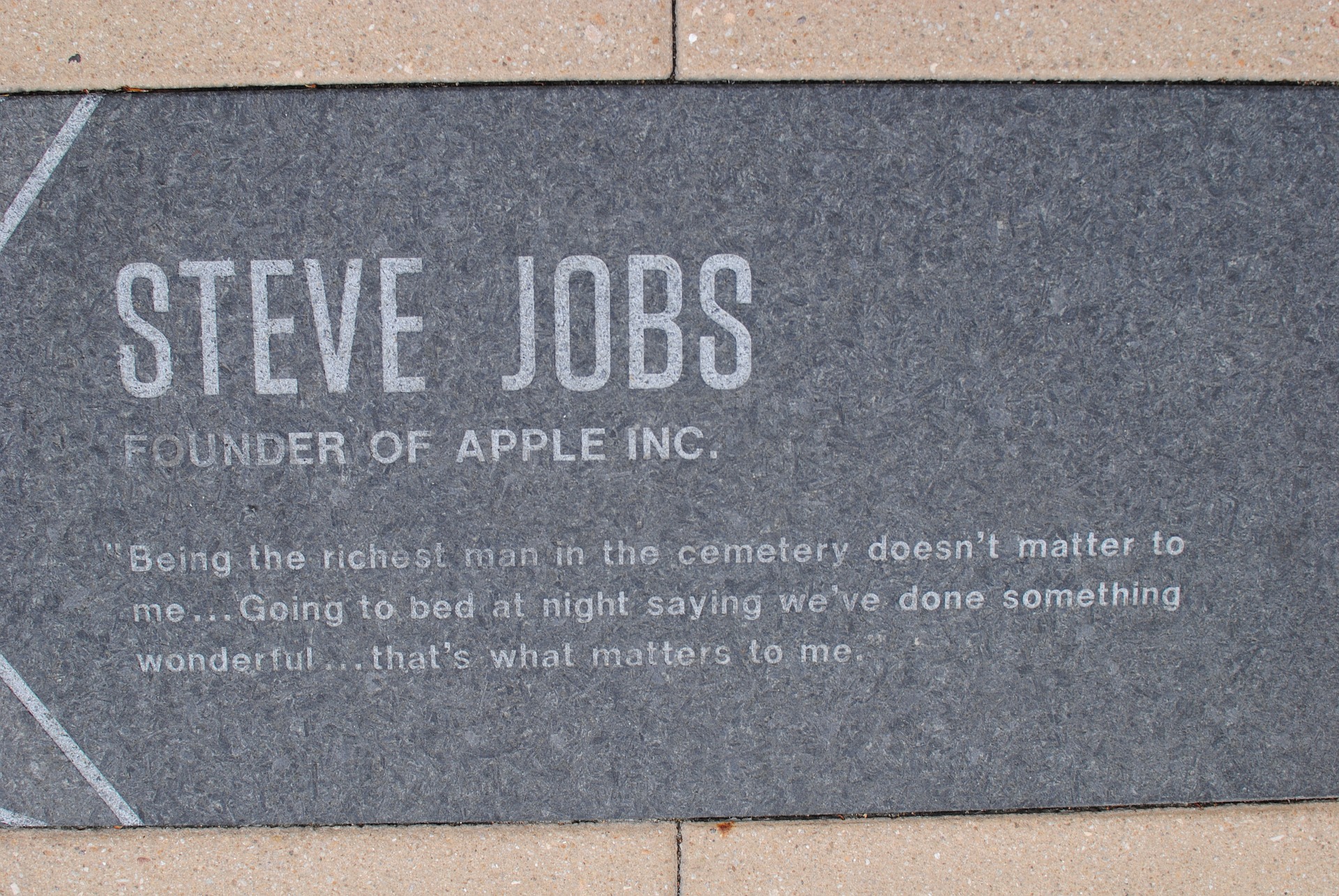Do you know what happens when you type the term “Chief Storyteller” into LinkedIn’s search field?
Try it.
On the very first results page you will meet John Nash at Travelport Labs, Marie Dosier at Architas, Russell Brady at Adobe, Steve Clayton at Microsoft, Stephen Hamm at IBM, Terrence Gargiulo at Accenture and Julie Roehm at SAP.
Indeed, there are over 1,000 other people on LinkedIn who lay claim to the same job title. And, having tracked through ten pages of results so far, I have yet to find a single human resources professional among them.
All of which plays to the reality – explored in my last article – that HR and recruitment teams are lagging some way behind their marketing and strategic development colleagues in acknowledging and using the power of storytelling in business.
Including, it seems, colleagues working in one and the same organisation.
Take SAP, for instance. If storytelling is such an effective way to sell software at SAP – as Julie Roehm has confirmed – why isn’t it also used to sell its careers? Look at their jobs pages and you’ll discover no personal stories, just a conventional corporate rendition of its functions, reputation and strengths.
And it is this disparity that both confuses and depresses me. Not just because storytelling is so effective at engaging stakeholders, simplifying complex information and getting people involved emotionally with products and services, but because it is second to none as a means of conveying what business academics and practitioners alike regard as the sine qua non of organisational success – namely, a sense of Purpose.
Simon Sinek’s Start With Why has done a sterling job of putting Purpose – the “Why” of business – front and center of debates on how to make business communication work better.
As he points out, every organisation knows what they do, some know how they do it, but very few people and organisations can clearly communicate why they do what they do.
And if you don’t know your why, neither will anyone else.
In essence, successful companies – Apple is Sinek’s favourite example – start with the why and only then go on to talk about the what and how of their business. And the reason for the power of why? It’s ability to go beyond the rational and analytical part of the brain – the part that’s tied to language – to the emotional part of the brain defined by feelings.
This will no come as no a surprise to people who run successful businesses. As Richard Branson said:
“I’m convinced that it is feelings – and feelings alone – that account for the success of the Virgin brand in all its myriad forms.”
Sir Richard is, as you might expect, one of the most ardent proponents of authentic storytelling, which – in his words – “is as old as the campfire and as young as a tweet.”
So, too, was the late Anita Roddick of The Body Shop. Asked why she chose skin care, she replied: “Because it’s storytelling. In every group I have spent time with, women will always corral around a well and tell stories about the body, birth, marriage and death. Men only have conversations or memories about their first shaves. But women will always use the body as a canvas, a playground.”
Stories – like brands – are about building relationships, establishing trust, sustaining community and standing for something beyond the making of money. They are about meaning and values and beliefs. They are about why we exist and why we matter. As John Winsor so accurately predicted in his 2004 book Beyond the Brand, back in 2004:
“We are in the twilight of a society based on data. In the coming years, brands and companies will not thrive on the basis of their data but on the strength and meaning of their stories, creating products and services that evoke emotion.”
So forget about Employee Value Propositions. We need Emotional Value Propositions – propositions that inspire people to bring their minds, their hearts and their passions to the organisation. This is why “Why” matters, and why storytelling has such a profound role to play in promoting – indeed, embodying – the authentic employer brand and our all-too-human search for meaning in what we do.
The lesson is clear. If you want to attract the best talent, if you want to move your people to do great things, to inspire them to perform at their best in driving your organisation forward, you need to give them a purpose – and purpose activated and reinforced through that most effective, flexible and generative medium of story.
But bear in mind Richard Branson’s warning that stories must be authentic: “People can see straight through storytelling that is false, staged or cynical. It has to come from the heart, not just the head.”
We ignore his advice at our peril. Employees and candidates have never had greater cause to be cynical about most marketing communications. The spate of corporate scandals, the breakdown of trust in banks, the often grotesque inflation of executive pay and the plethora of ethical infringements leading up to the 2008 crash and beyond have raised justifiable questions about the mission and goals of business, about why companies exist, and about the all-too-evident reality that their focus on profit maximisation can undermine the values they so publicly espouse.
By way of a positive parting suggestion: if you really want to gauge the emotional and inspirational quality of your employer brand, ask your employees the brilliant question put forward by the complexity theorist Margaret Wheatley:
“What called you here? What were you dreaming you might accomplish when you first came to work here.”
The answers might surprise you.

